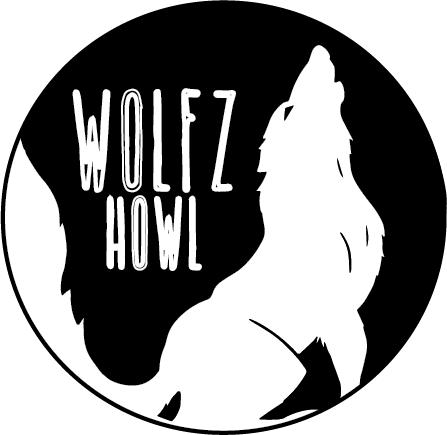House of Brands vs. Branded House: Choosing Your Architecture Model
Deciding between a house of brands (or branded house) and a monolithic architecture is another business-based choice driven by the current content and ambitions of a brand. Each approach has its merits:
- House of Brands/Branded House: Allows multiple brands to coexist under a corporate umbrella, provides flexibility for diversified product lines, minimizes risks of cannibalization among brands.
- Monolithic Architecture: Strengthens a unified brand identity, enhances customer recognition and loyalty, and streamlines marketing efforts under one cohesive brand image.







